
These are my avocado pit dye jars on Day 2.

These are my avocado pit dye jars after two weeks! I am going to have some mighty nice yarn and T-shirts!
We frequently add avocados to our meals, and last weekend I decided I should go ahead and prepare a jar of avocado skin dye so you can see how it's done and the range of color possible. (Fingers crossed...) I cleaned one avocado skin thoroughly, then tore it in to tiny pieces and put them into a clean dye jar (not a canning jar).

I poured in about two tablespoons of ammonia, then filled the jar nearly to the top with rain water. I put on a lid and shook slightly, then placed the jar with the avocado pit jars.

After just one day in the sun and with only one peel, the dye was super dark! I've now added one more skin, and I have two more skins I will add as soon as we eat the avocados. I will let this jar sun bake all summer long. Jars should be gently agitated every couple of days or so to prevent mold from forming. If it does form on the top layer, put on a mask and gloves, open the jar, use a non-food spoon to scrape off the mold and discard it in the toilet, in the garbage or in the compost or garden (not in a food garden). This mixture can affect the colors of blooming hibiscus, delphiniums and hydrangeas.

Now I'm going to share how I prepare red onion skins for dyeing. Some of my onions are from the grocery store or the farmer's market; some I grew in my own garden. The homegrown ones are pretty small, but very tasty. They also keep rabbits out of my raised-bed gardens. I need to plant red and green onions in my flower raised-bed garden because Mama bunny thinks it's her mansion...
I've been collecting the skins for about a year, and my bag weighs nearly a pound now!

I didn't store my skins in any special manner. I just kept them in a plastic bag. When I saved more than just the outer paper-like skin, I made sure those were dry (by setting them in the sun) before adding them to the bag. You get mold if you add moist onion skins to a bag of dry skins. Mold makes your natural dyes turn brown.
Purple onion skins can make your fingers turn purple. It washes off with soap.

I've added about a quarter cup of apple cider vinegar to my jar to help with color extraction. Vinegar is not a mordant, only an extractor, unless you are using wool yarn prepared for dyeing with Dharma's fiber reactive dyes (which are for cotton). Onion skins have tannins (a natural and safe mordant also found in wood, teas and coffees, among other sources), so they don't need a mordant.

Natural dyeing with onion skins is completely food safe, so you don't HAVE to have separate dyeing pots/jars/spoons. I use more than onions in natural dyeing, so I have tools specifically labeled for dyeing only. Even if I was dyeing just with onion skins, I think I'd still use separate tools just to make sure I'm not contaminating anything in the kitchen.
After pouring a wee bit of vinegar in my canning jar, I stuffed in as many onion skins as I could fit. In hindsight, I wish I'd done about half of the onion skins, so I probably will divide the onion skins and dye into another jar as soon as another dyeing jar frees up. Or when I buy a few more lids. Many of my existing lids are rusty, and I don't want the rust to taint these colors. Rust is good for browns, but I'm not trying to achieve browns this summer.
After the onion skins, I added rainwater. Distilled water or tap water also may be used. I love the hue shift I get when I use rain water to create the dye, then tap water to wash the dyed fabric or yarn. The pH levels of the different waters make fun color changes. Kids LOVE to see the magic of the hue shift.
(UPDATE: I bought more lids over the long holiday weekend, and I transferred the onion skin dye into a larger jar and added more rain water.)
Onion skin dyeing doesn't take all summer like avocado skins and pits and can even be done in a day or two, if desired. Atop the stove (no boiling, just simmering), it can be done in just a few hours. Longer makes stronger, though. The longer you steep, the better your color will be. I'll be ready to share how I dye with onion skins for my next natural dyeing post, which is scheduled for July 25.

If you are solar dyeing, gently agitate the jar every couple of days or so to prevent mold from forming. If mold forms on the top layer, put on a mask and gloves, open the jar, scrape off the mold and discard it in the toilet, in the garbage or in the compost or garden. If you don't like the smell of onions, don't take any huge whiffs while working with this dye.

While I was preparing my onion skin dye, I noticed a few of my black hollyhocks were beginning to bloom. I don't want seeds; my first year of hollyhock dyeing produced enough seeds to cover my entire neighborhood with a forest of hollyhock stalks. I've fought seedlings in my garden like weeds ever since. So I pulled off all the blossoms and prepared one more dye jar. Once again, I'm using rain water and about a tablespoon of vinegar. I'm using apple cider vinegar on this batch because I didn't have any more white vinegar. Although this is a first for me, I don't expect the apple cider vinegar to alter the dye color. Vinegar just extracts color from the dark petals.

Just one day and about six additional blooms later, my dye jar looks deep maroon. Lovely! I'm adding more blossoms each night as they open. The first two years I dyed with black hollyhocks, I waited for the flowers to curl up, then plucked them and put only twisted petals in my dye jars. I've since learned (from sunflowers and marigolds) that the tiny amount of green at the bottom of the flowers does not change the dye color, so I don't worry about peeling them off anymore.

I put the top on the jar, then gently agitated it. Color began seeping from the petals right away.

Hollyhock dye is another quickie. I don't have to let it cook in the sun all summer long. I'll be ready to dye with the first batch in two weeks. I likely will get about eight dips altogether throughout the summer because I plan to keep adding more blossoms as they open, and each dip will leave some pigment for another dip. Without adding more flowers, I could probably achieve some fantastic gradients. I may try to do that later in the summer as the flowers run out. This dye will present another pH-sensitive hue that will shift when dyed items are washed with tap water, and they can change back when washed with vinegar water. Another really fun project for kids!
If you are solar dyeing, gently agitate the jar every couple of days or so to prevent mold from forming. If mold forms on the top layer, put on a mask and gloves, open the jar, scrape off the mold and discard it in the toilet, in the garbage or in the compost or garden.
Just remember not to put any of these dyes in your mouth. It would taste pretty nasty. Wear clothes that can be stained. Wear gloves. Please wear a mask if you are sensitive to odors. Pour in an area where spills and potential stains won't matter. And please don't drink the dyes.
Did I mention these colorful liquids are not for drinking? Good. I thought so. Just had to make sure.



Linking up with Busy Hands Quilts and Confessions of a Fabric Addict.









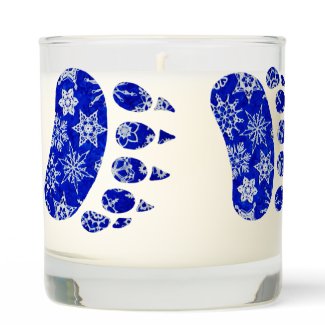




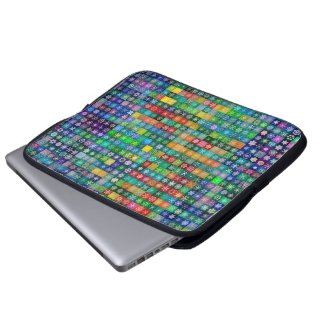
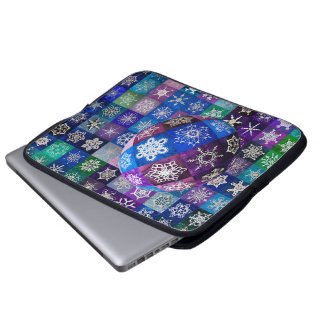














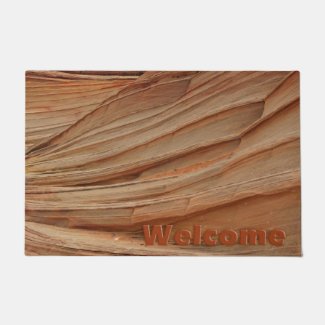





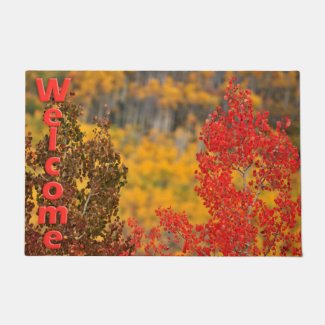
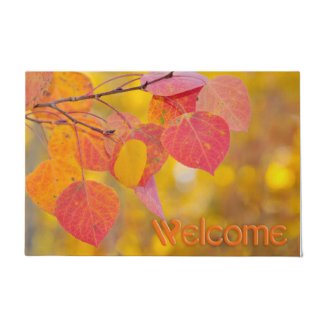
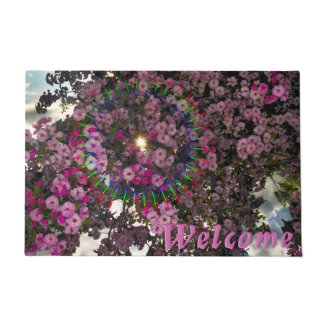
Always good to have a PSA in there haha Sounds like you got some quick ones to use while you wait for the long ones, purple hands and all.
ReplyDeleteYes, indeed, Pat, must go overboard with warnings. Takes some of the fun out of it. Also must bridge the three-month boredom gap. Some could never wait that long on a pot of dye. :)
DeleteOh this is so cool!!! Can't wait to see the finished products!!!
ReplyDeleteThank you, Alycia! I even prepared some fat quarters, so I’m excited and anxious, too!!!
DeleteWow! What a beautiful header! Amazingly gorgeous! I've never seen this process before - it was quite interesting! Thank you so much for sharing!
ReplyDeleteThank you, Miaismine! I love snowflakes, and I absolutely love dyeing my own fabric, yarn and crochet thread. It’s going to be an awesome summer!
DeleteI'm curious, how colorfast are the natural dyes? I'm reading and learning what I can where I can because I am wanting to dye some fabric for a custom quilt.
ReplyDeleteSome natural dyes are colorfast and lightfast as long as they are affixed properly and dyed items not left in full sun all day long, and some are fleeting and called fugitive. I am not a fan of colors that fade, so I am using the more reliable dye sources this summer. I have spent several summers dyeing beautiful colors that didn’t last more than a couple of washings. There also are some pH-sensitive colors that change with human sweat, such as a sweater that makes contact with underarms. I would not use these colors on something that might embarrass me later. There is much more information about my previous trials and errors in the first post of this series, which is linked at the top right of my blog. I’m using avocados specifically because they are an excellent dye source that can produce colors that might outlast me...
Delete